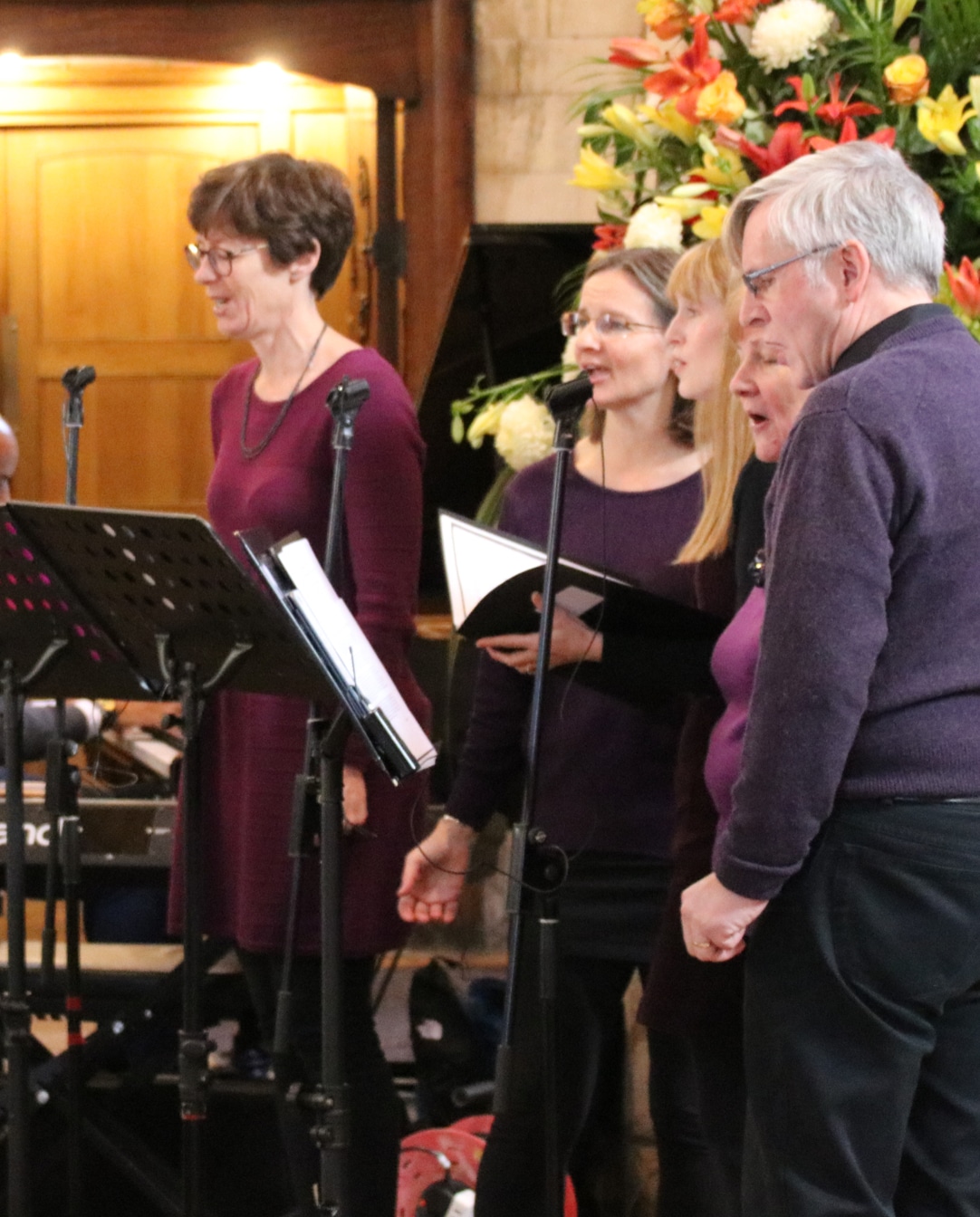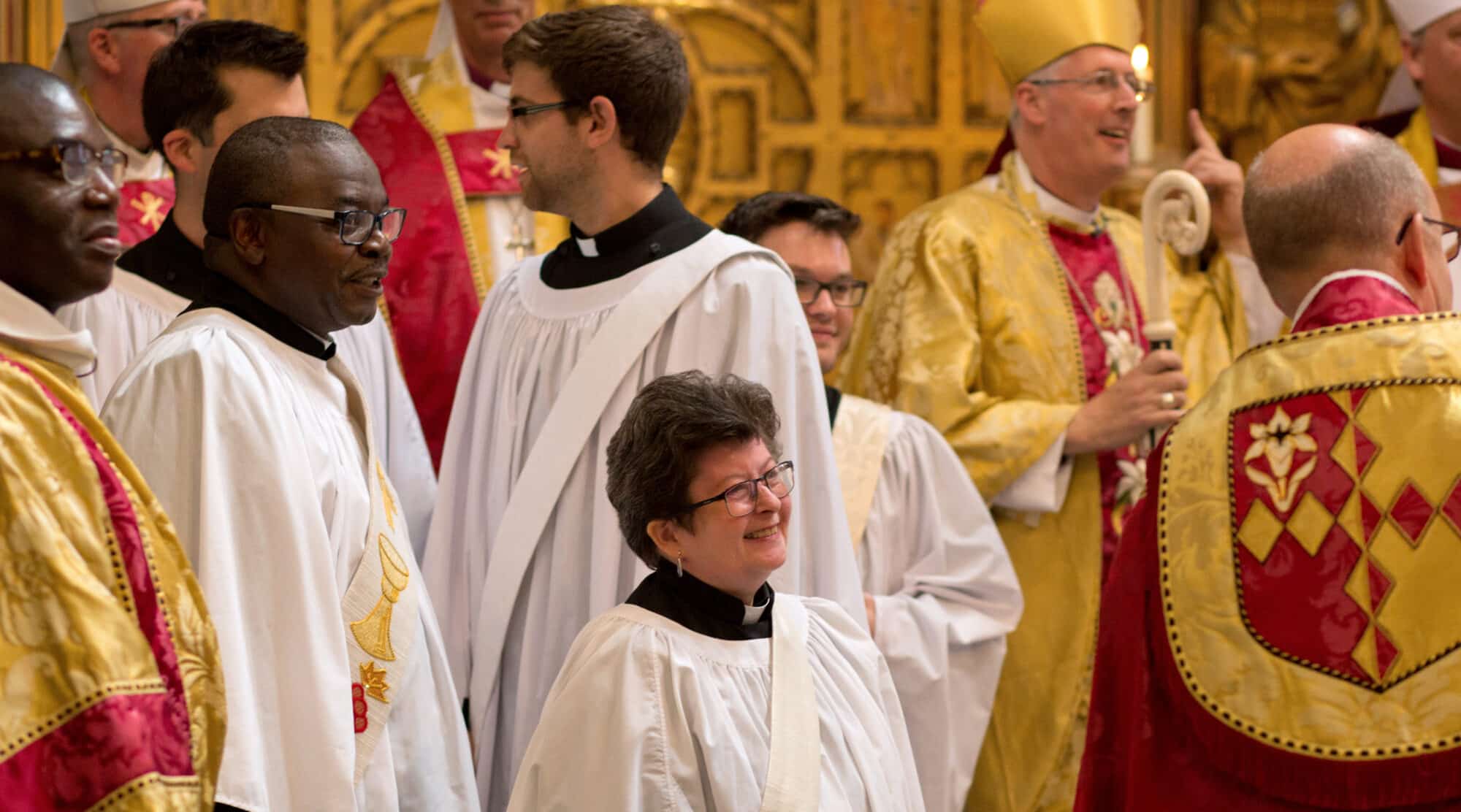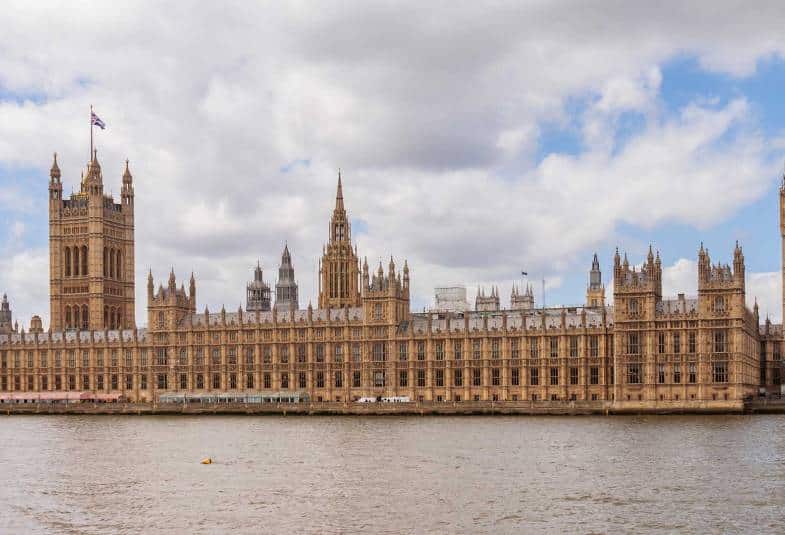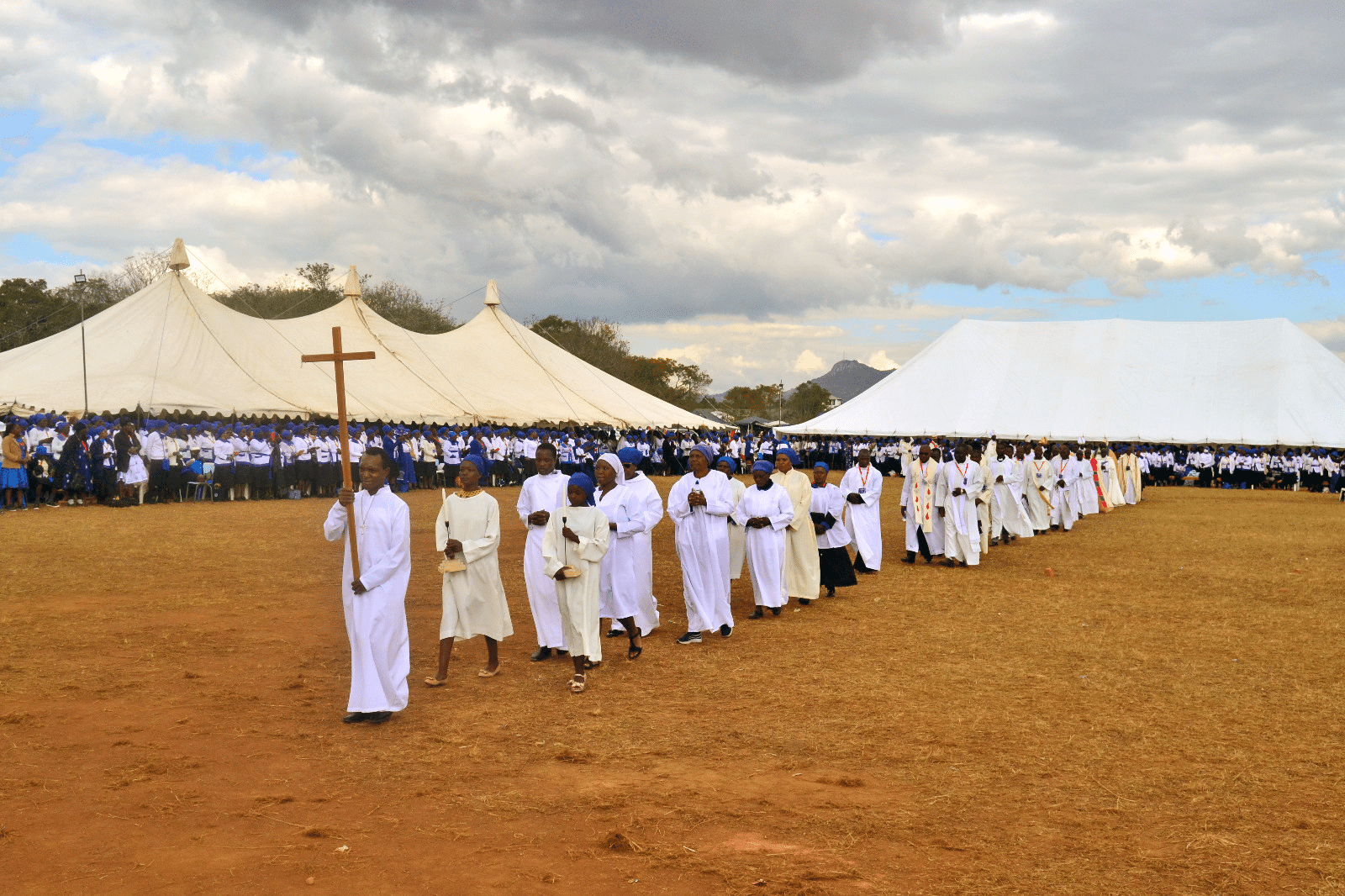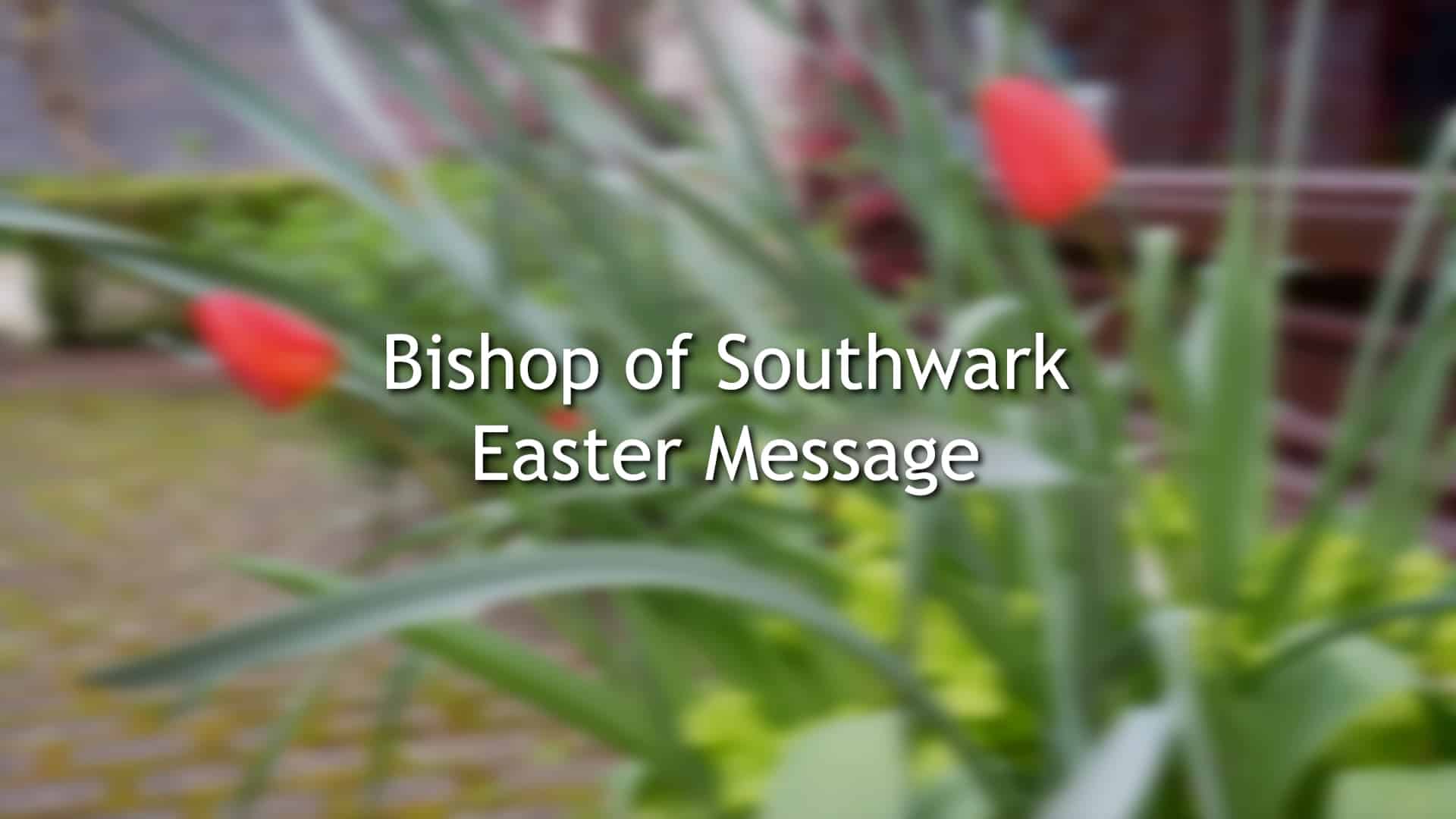The truth is that Jesus would not have been able to make the journey nowadays that he made on that first Palm Sunday. St John tells us that he had been staying with his friends Mary, Martha and Lazarus at their home in Bethany. It was his regular bolthole, a place of safety, where he could enjoy hospitality, conversation, peace and love. He needed all of that. It would have been from there that he set out to find the prearranged donkey that the disciples had been sent off to make ready for him. The rendezvous was Bethphage, just up the hill, on the ascent of the eastern, wilderness facing slope of the Mount of Olives. But he wouldn’t have been able to make the journey today.
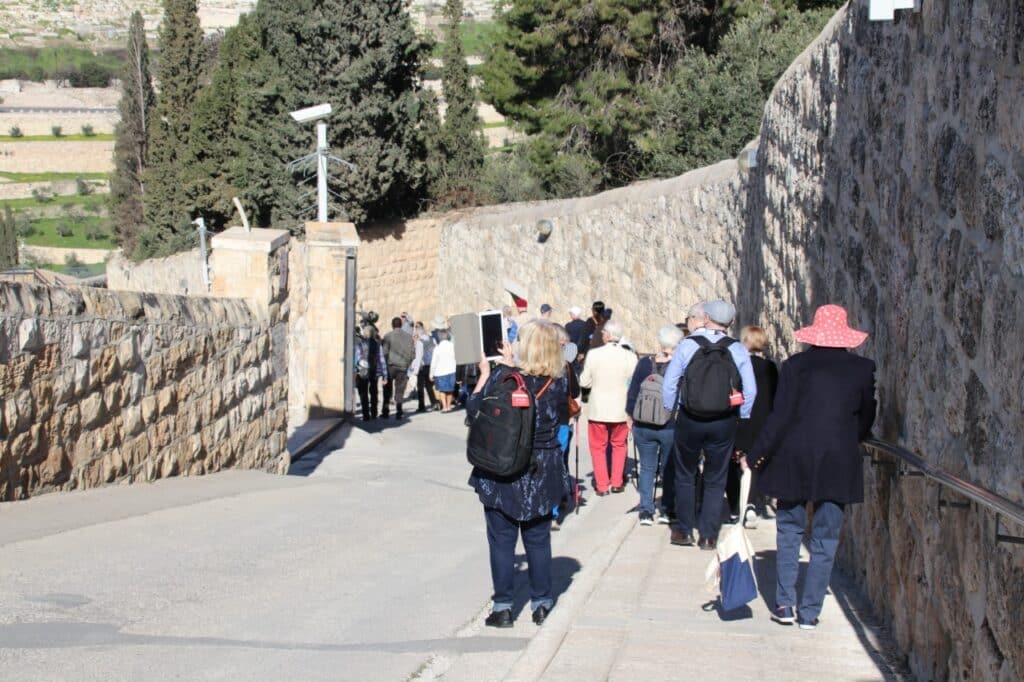
The building of the separation barrier, wall, call it what you will, was begun just over twenty years ago. It snakes its way along the edge of the State of Israel where it meets the West Bank Palestinian territories. Part of is journey is straight between Bethany and Bethphage. There is no place to cross at this point, to get through the wall, the barrier, and so a modern-day Jesus would have to go a long way round.
Bethphage has been the traditional place where the Palm Sunday procession has begun. In the church is a stone, decorated since Crusader times with lovely images of Palm Sunday, which is said to be the mounting block. Whether or not it is, it provides the perfect place to begin the walk, be that on Palm Sunday itself or whenever you are there on pilgrimage, walking the busy stretch of road that takes you from the village to the ridge at the top of the Mount and the place where the magnificent church of the Eleona, the Church of the Olive Grove, once stood. Now pilgrims stop there to remember the gift of the Lord’s Prayer to his followers, to you and me, before they begin the long, steep descent down the Mount of Olives, through the Garden of Gethsemane and across the Kidron Valley to the Old City of Jerusalem.
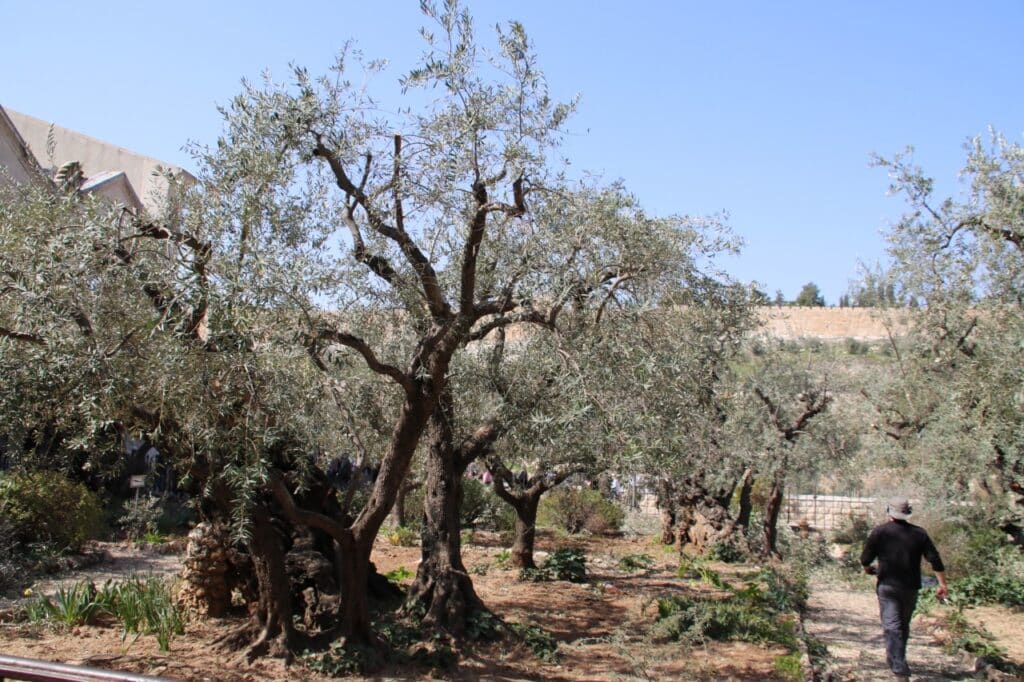
When the Southwark Diocesan pilgrimage was there just a few weeks ago we joined the path that pilgrims have taken for almost two millennia, because walking this path is not some modern devotion. This is where millions of Christians have trod. One of those pilgrims was a holy woman, Egeria. She may have been a nun, may have been from northern Spain and made her long journey to the Holy Land around 380. Like may pilgrims she kept a diary, a journal and she noted in that all she witnessed. This is part of what she wrote about Palm Sunday.
‘As the eleventh hour approaches, the passage from the Gospel is read, where the children, carrying branches and palms, met the Lord, saying; Blessed is He that cometh in the name of the Lord, and the bishop immediately rises, and all the people with him, and they all go on foot from the top of the Mount of Olives, all the people going before him with hymns and antiphons, answering one to another: Blessed is He that cometh in the Name of the Lord. And all the children in the neighbourhood, even those who are too young to walk, are carried by their parents on their shoulders, all of them bearing branches, some of palms and some of olives, and thus the bishop is escorted in the same manner as the Lord was of old.’
We walked down the steep path, avoiding the occasional car, dealing with the postcard and souvenir sellers. Sone were singing their hosannas, others just wanting not to lose their footing. But it was absolutely thrilling. There is little doubt that this was the route, a windy path, taking the easiest route down, like a drovers track in many rural areas. This was the path, and we were walking it.
On occasions like that my thoughts go to that other journey that the disciples of Jesus made, at the end of Holy Week, late in the afternoon on the day of resurrection. A stranger walks with them and opens the scriptures to them, and breaks the bread for them, and thinking back they say to one another, ‘Were not our hearts burning within us while he was talking to us on the road, while he was opening the scriptures to us?’ (Luke 24.32). Throughout the year this blog seeks to set our Hearts on Fire through a narrative of encounter with the Living God in so many aspects of the life of our diocese. But in that moment, walking the Palm Sunday route with our seventy Southwark pilgrims, Anglicans and Roman Catholics, journeying together, my heart burnt within me and the power of the place and the significance of the road we travelled drew me back to the heart of our faith.
The Jesus who could no longer walk this route is the one who
‘is our peace; in his flesh he has … broken down the dividing wall, that is, the hostility between us.’ (Ephesians 2.14)
It is that truth that thrills the heart and gives us hope as we make that final journey that will lead us to the cross. He is our peace and in him every wall will be broken down and the everlasting hosanna will ring out.
Jesus, who walls cannot stop nor tombs hold,
set us free to walk your path
and live your life
with hearts burning with your love
and hosannas on our tongues.
Amen.
